Home>Furniture & Design>Living Room Furniture>How Many Coats Of Polyurethane On A Dining Table
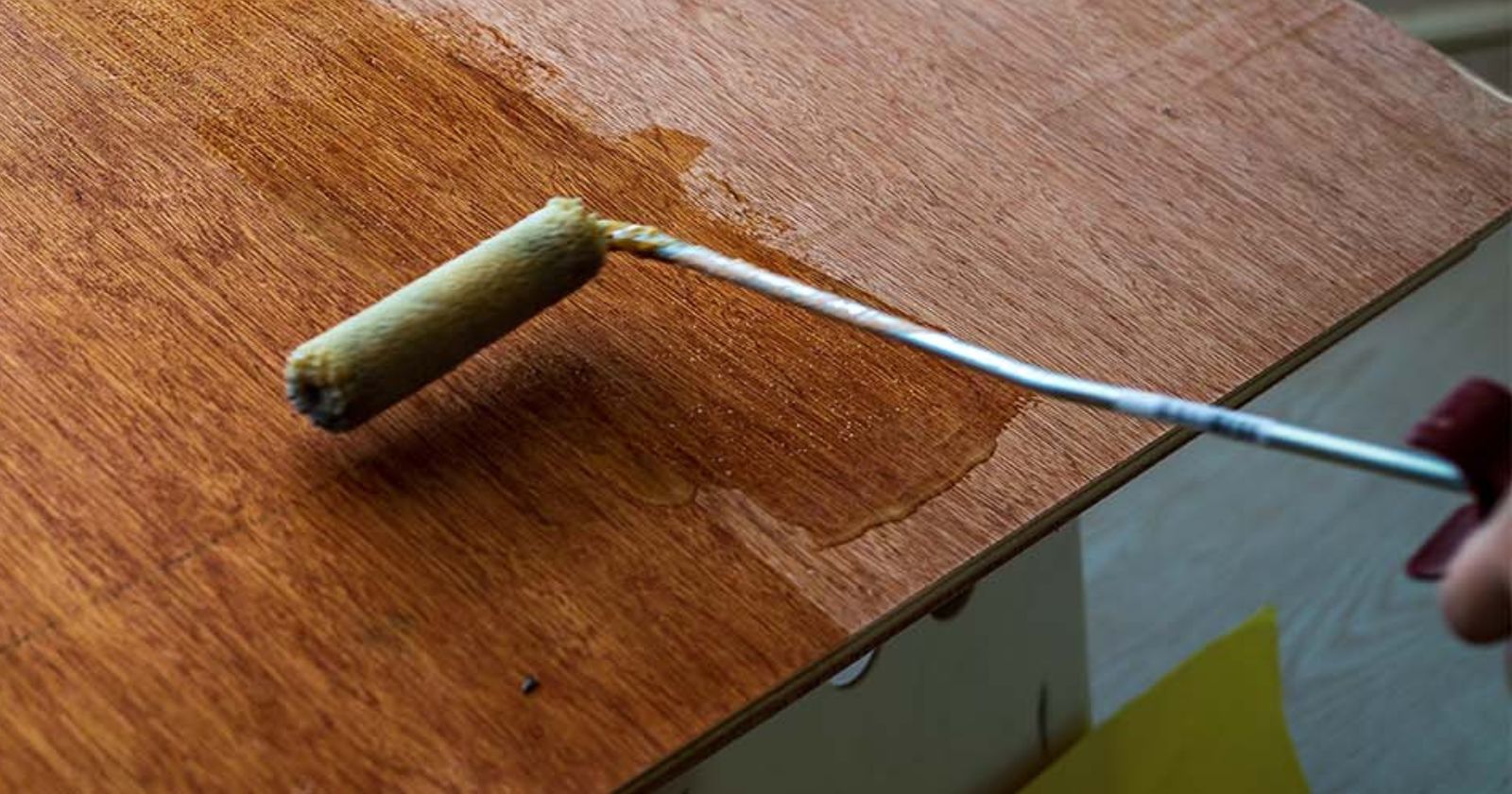

Living Room Furniture
How Many Coats Of Polyurethane On A Dining Table
Modified: October 20, 2024
Discover the perfect finish for your dining table with our expert guide on applying polyurethane coats. Transform your living room furniture with our tips and tricks for a flawless design.
(Many of the links in this article redirect to a specific reviewed product. Your purchase of these products through affiliate links helps to generate commission for Storables.com, at no extra cost. Learn more)
**
Introduction
**
So, you've just invested in a stunning dining table that perfectly complements your living room furniture and design. Now, you're keen to protect its natural beauty and ensure it withstands the test of time. This is where polyurethane comes into play. Polyurethane is a popular choice for finishing wooden furniture due to its durability and protective properties. In this article, we'll delve into the world of polyurethane and explore the optimal number of coats to apply to your dining table.
Beyond mere functionality, polyurethane can enhance the aesthetic appeal of your dining table, adding a lustrous sheen that brings out the natural grain and color of the wood. However, achieving this desired effect requires careful consideration and execution. From the number of coats to the application process, every step plays a crucial role in determining the final outcome.
In the following sections, we'll discuss the significance of applying polyurethane, factors to consider before taking on this project, the optimal number of coats to apply, and valuable tips to ensure a flawless finish. By the end of this article, you'll be equipped with the knowledge and confidence to preserve and elevate the beauty of your dining table through the application of polyurethane. Let's embark on this journey to discover the art and science of polyurethane application.
**
Key Takeaways:
- Applying polyurethane to your dining table not only protects it from damage but also enhances its beauty, making it easier to clean and maintain.
- Consider the type of wood, desired finish, and environmental factors when deciding how many coats of polyurethane to apply for a durable and visually appealing result.
Read more: How Many Coats of Polyurethane On Stairs
Importance of Applying Polyurethane
**
Applying polyurethane to your dining table is more than just a protective measure; it’s a means of enhancing and preserving its natural allure. Here’s why the application of polyurethane holds significant importance:
- Protection: Wood is susceptible to damage from moisture, heat, and scratches. Polyurethane forms a robust barrier that shields the wood from these potential hazards, thereby prolonging the lifespan of your dining table. It acts as a protective shield against everyday wear and tear, ensuring that your table remains in pristine condition for years to come.
- Enhanced Aesthetic Appeal: Polyurethane doesn’t just safeguard the wood; it also enriches its visual appeal. By adding a glossy finish, polyurethane accentuates the natural grain and color of the wood, creating a captivating visual effect. This enhancement elevates the overall aesthetic of your dining table, making it a centerpiece of elegance in your living room.
- Easy Maintenance: A polyurethane-coated dining table is much easier to maintain than an untreated one. The smooth, sealed surface simplifies cleaning and upkeep, allowing you to effortlessly wipe away spills and dust without worrying about damaging the wood.
- Versatility: Polyurethane is available in various finishes, such as satin, semi-gloss, and high-gloss. This versatility enables you to customize the appearance of your dining table according to your preferences, whether you seek a subtle sheen or a more dramatic luster.
By recognizing the significance of applying polyurethane, you can make an informed decision to protect and enhance the beauty of your dining table. The next step is to consider various factors before embarking on the polyurethane application process.
**
Factors to Consider Before Applying Polyurethane
**
Before diving into the application of polyurethane on your dining table, it’s essential to take several factors into account to ensure a successful and satisfying outcome. Here are the key considerations:
- Wood Type: The type of wood used for your dining table plays a crucial role in determining the approach to polyurethane application. Different woods absorb polyurethane differently, so it’s important to understand the specific characteristics of your table’s wood. Hardwoods like oak and maple may require a different application technique compared to softwoods like pine or cedar.
- Current Condition: Assess the current condition of your dining table. If it’s a new table, it may require a different preparation process compared to an older table that has already been finished or treated with a different coating. Understanding the existing state of the wood will help you determine the necessary steps before applying polyurethane.
- Environmental Factors: The environment in which you plan to apply polyurethane is crucial. Factors such as temperature, humidity, and ventilation can significantly impact the application process and the drying time of the polyurethane. Ideally, the application should take place in a well-ventilated area with controlled temperature and humidity levels to ensure optimal results.
- Desired Finish: Consider the aesthetic you wish to achieve. Whether you prefer a subtle satin finish, a mid-level sheen with a semi-gloss finish, or a high-gloss shine, understanding your desired outcome will guide the selection of the appropriate polyurethane product and the number of coats to be applied.
- Application Tools: Selecting the right tools for applying polyurethane is crucial. Whether you opt for a brush, roller, or spray application, each method has its nuances and can affect the final result. Understanding the characteristics of each tool and its compatibility with the chosen polyurethane product is essential for a successful application.
By carefully considering these factors, you can lay a solid foundation for the polyurethane application process. Once these aspects are addressed, the next step is to determine the optimal number of coats of polyurethane to apply to your dining table.
**
Apply at least 3 coats of polyurethane on a dining table for durability. Sand lightly between coats for a smooth finish.
How Many Coats of Polyurethane to Apply
**
Determining the optimal number of coats of polyurethane to apply to your dining table is a critical decision that directly impacts the durability and visual appeal of the finish. While there is no one-size-fits-all answer, several factors can guide this decision:
- Type of Polyurethane: The type of polyurethane you choose, whether oil-based or water-based, influences the number of coats required. Oil-based polyurethane typically necessitates fewer coats to achieve a desired finish compared to water-based polyurethane.
- Desired Durability: Consider the level of durability you expect from the finish. For high-traffic dining tables that are prone to frequent use and potential damage, applying an extra coat or two can provide added protection and longevity.
- Wood Absorption: Different wood species absorb polyurethane at varying rates. Hardwoods generally require fewer coats due to their density, while softwoods may benefit from additional coats to achieve a uniform and robust finish.
- Finish Sheen: The level of sheen you desire also influences the number of coats. Achieving a high-gloss finish may require more coats to build up the desired luster, while a satin finish may necessitate fewer coats for a subtler effect.
As a general guideline, applying two to three coats of polyurethane is common for most dining tables. However, it’s crucial to follow the manufacturer’s recommendations and consider the specific characteristics of your table, such as wood type and desired finish, when determining the exact number of coats.
When applying multiple coats, ensure each layer is thoroughly dried and lightly sanded between applications to promote adhesion and a smooth finish. This meticulous approach contributes to a durable and visually appealing polyurethane finish that enhances the beauty of your dining table.
With the number of coats decided, it’s essential to approach the application process with precision and care. The following section provides valuable tips to ensure a successful polyurethane application.
**
Tips for Applying Polyurethane
**
When it comes to applying polyurethane to your dining table, attention to detail and a methodical approach can make a significant difference in the final result. Here are valuable tips to guide you through the application process:
- Surface Preparation: Before applying polyurethane, ensure that the surface of the dining table is clean, smooth, and free of any dust or debris. Lightly sanding the wood with fine-grit sandpaper can help create a uniform and receptive surface for the polyurethane.
- Appropriate Environment: Choose a well-ventilated and dust-free area for the application to minimize the risk of dust particles settling on the wet finish. Controlling the temperature and humidity in the environment can also contribute to a successful application and drying process.
- Application Technique: Whether you opt for a brush, roller, or spray application, strive for even and smooth strokes to achieve a consistent finish. Avoid overworking the polyurethane to prevent streaks or bubbles in the final coat.
- Thin, Even Coats: Apply thin and even coats of polyurethane to prevent drips, runs, or uneven buildup. Multiple thin coats provide better control over the finish and promote proper adhesion between layers.
- Sanding Between Coats: After each coat has dried, lightly sand the surface with fine-grit sandpaper to smooth out any imperfections and create a receptive surface for the next coat. This step is crucial for achieving a flawless and professional-looking finish.
- Curing Time: Allow sufficient curing time between coats as per the manufacturer’s recommendations. Rushing the process can compromise the integrity of the finish and lead to imperfections.
- Protective Measures: While applying polyurethane, protect yourself with appropriate safety gear, including gloves and a respirator if working in a confined space. Additionally, safeguard the surrounding area from potential drips or spills with drop cloths or protective coverings.
By adhering to these tips, you can navigate the polyurethane application process with confidence and precision, ensuring a professional-quality finish that enhances the beauty and longevity of your dining table.
With these insights and guidelines in mind, you’re well-equipped to embark on the journey of applying polyurethane to your dining table, preserving its natural allure and elevating its visual appeal within your living room.
**
Read more: How Many Coats Of Polyurethane On Floor
Conclusion
**
As you contemplate the best approach to protect and enhance your dining table, the application of polyurethane emerges as a pivotal step in preserving its natural beauty and ensuring its longevity. By understanding the importance of polyurethane, considering essential factors before application, determining the optimal number of coats, and embracing valuable tips for the application process, you’re empowered to embark on this transformative journey with confidence and precision.
Applying polyurethane to your dining table transcends mere protection; it is an artful endeavor that enriches the aesthetic appeal, simplifies maintenance, and fortifies the wood against everyday wear and tear. Whether you seek a subtle satin finish or a high-gloss luster, polyurethane offers the versatility to bring your vision to life, complementing your living room furniture and design with elegance and resilience.
As you venture into this process, remember that each step, from surface preparation to the final stroke of polyurethane, contributes to the creation of a captivating and enduring finish. Embrace the nuances of wood type, environmental considerations, and application techniques, allowing them to guide you toward a result that reflects your meticulous care and attention to detail.
Ultimately, the application of polyurethane is a testament to your dedication to preserving and elevating the beauty of your dining table, transforming it into a cherished centerpiece within your living space. With each coat meticulously applied, you’re not just safeguarding the wood; you’re imbuing it with a timeless allure that resonates with the essence of your home.
So, as you embark on this journey, may each stroke of polyurethane be infused with intention and artistry, culminating in a finish that not only protects but also celebrates the inherent splendor of your dining table, enriching the tapestry of your living room and creating a space where memories are shared and cherished for years to come.
With these insights and a newfound appreciation for the art and science of polyurethane application, you’re poised to embark on this transformative endeavor, honoring the craftsmanship of your dining table and preserving its allure for generations to come.
Once you've mastered the art of applying polyurethane to your dining table, why not extend those skills to other pieces of décor? Caring for leather furniture can be just as rewarding, ensuring your pieces remain both elegant and durable. Dive into our guide on selecting and maintaining leather furnishings to keep all your home elements in pristine condition.
Frequently Asked Questions about How Many Coats Of Polyurethane On A Dining Table
Was this page helpful?
At Storables.com, we guarantee accurate and reliable information. Our content, validated by Expert Board Contributors, is crafted following stringent Editorial Policies. We're committed to providing you with well-researched, expert-backed insights for all your informational needs.
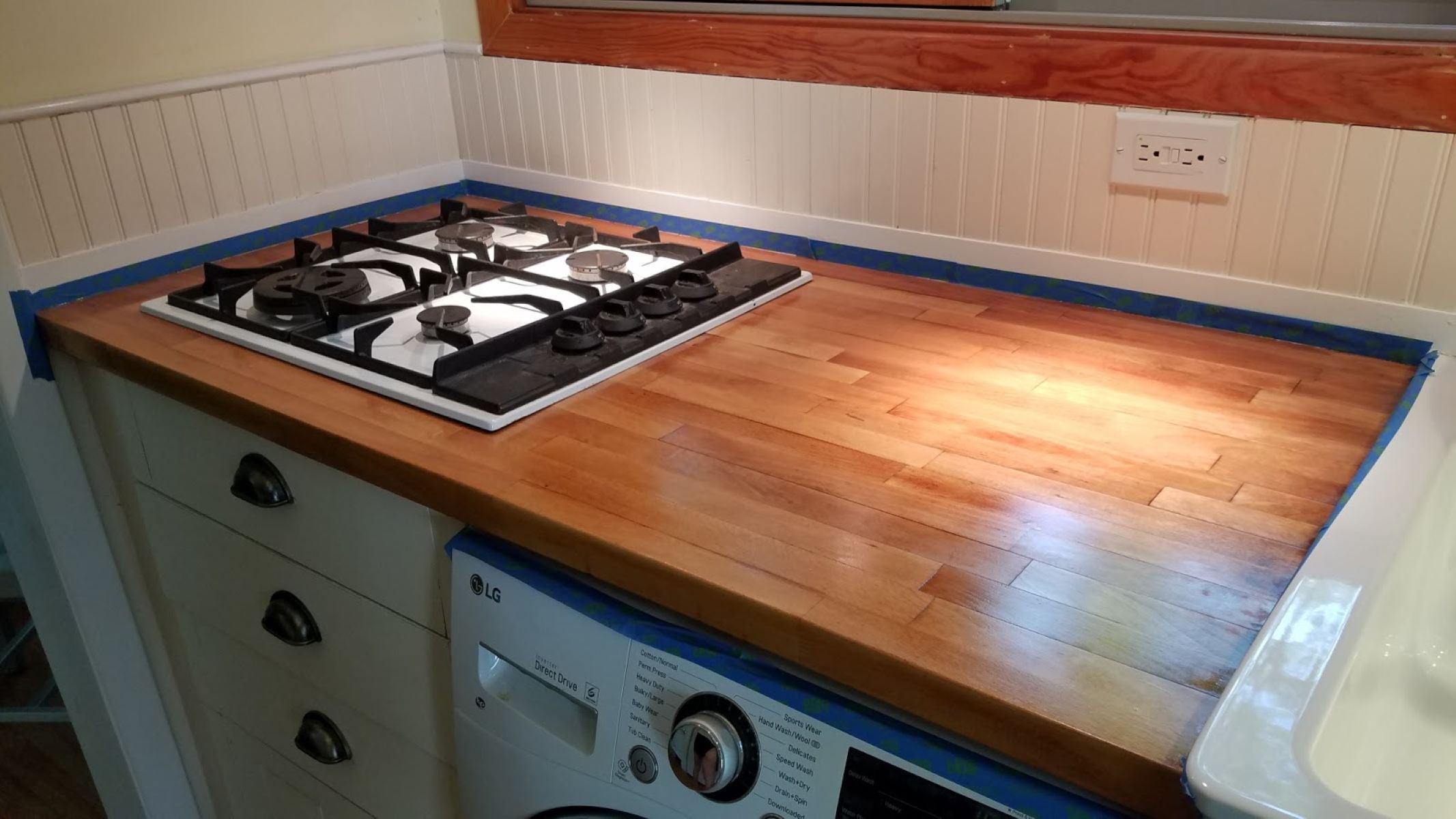
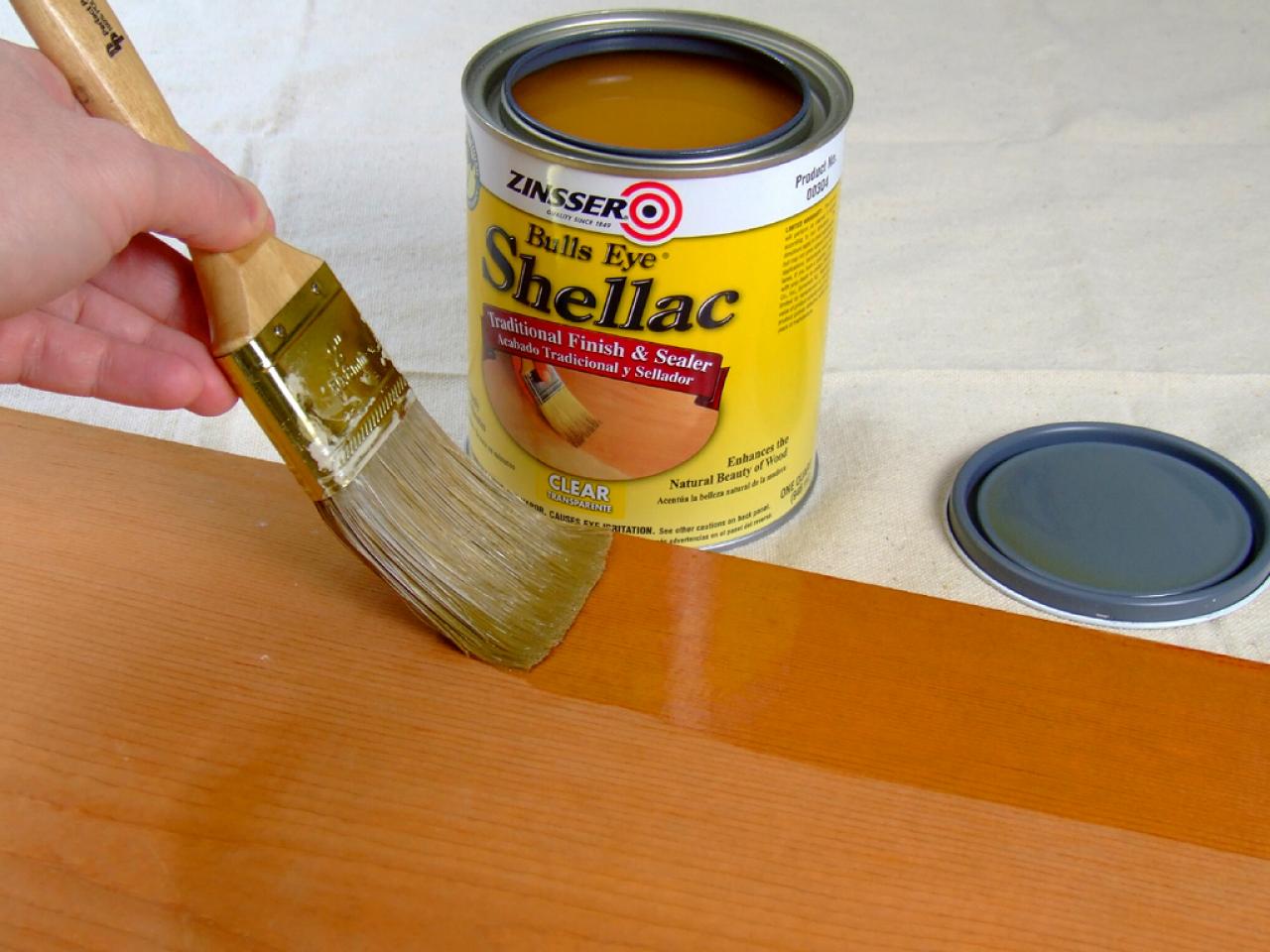

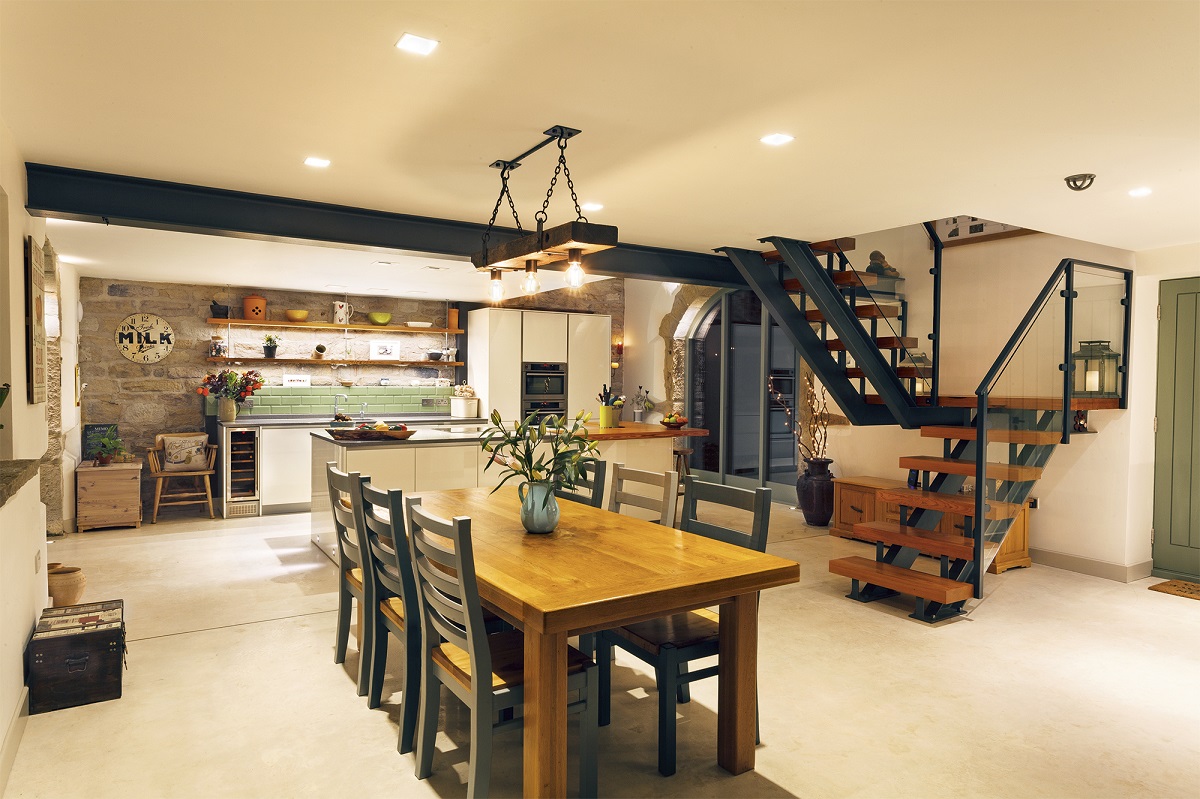

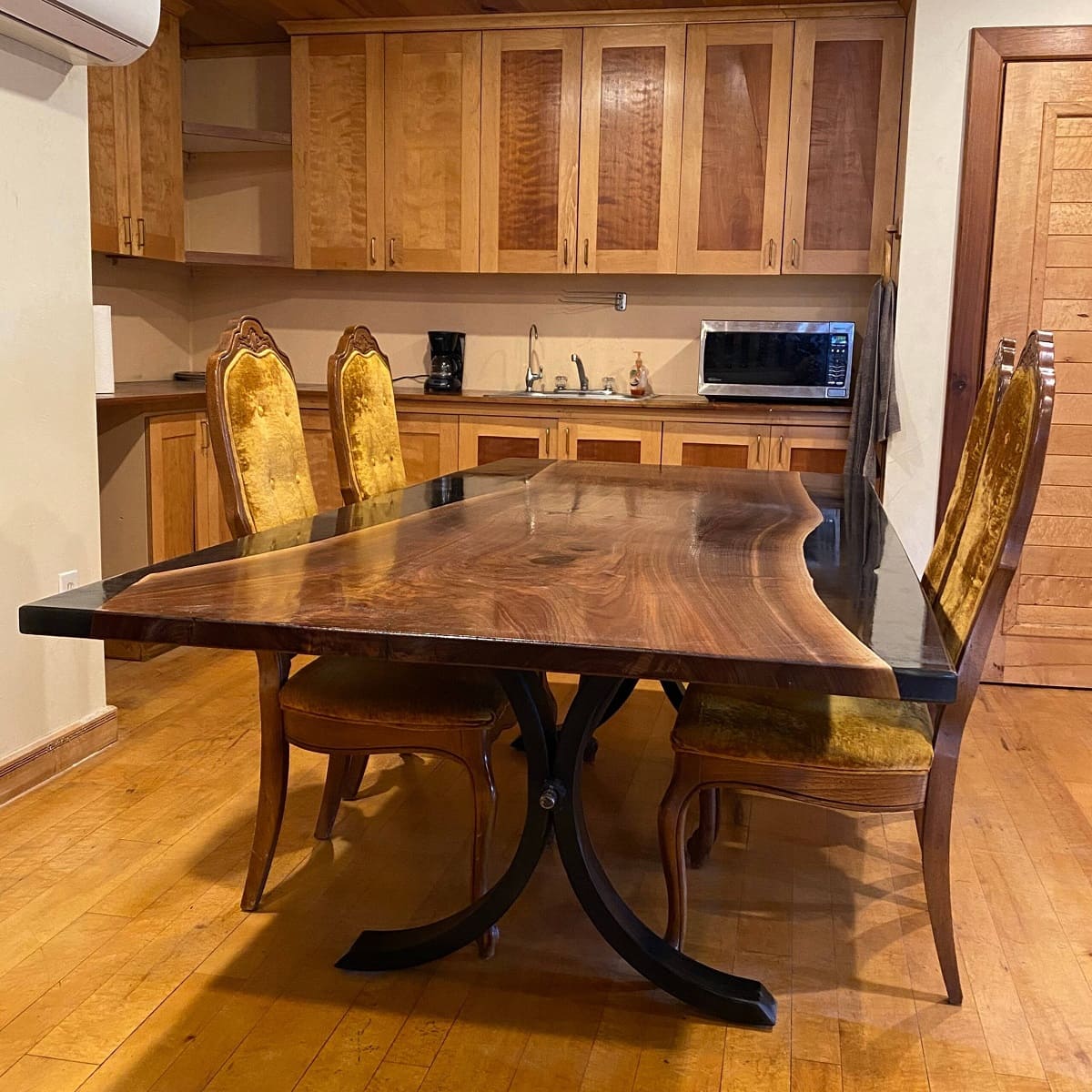
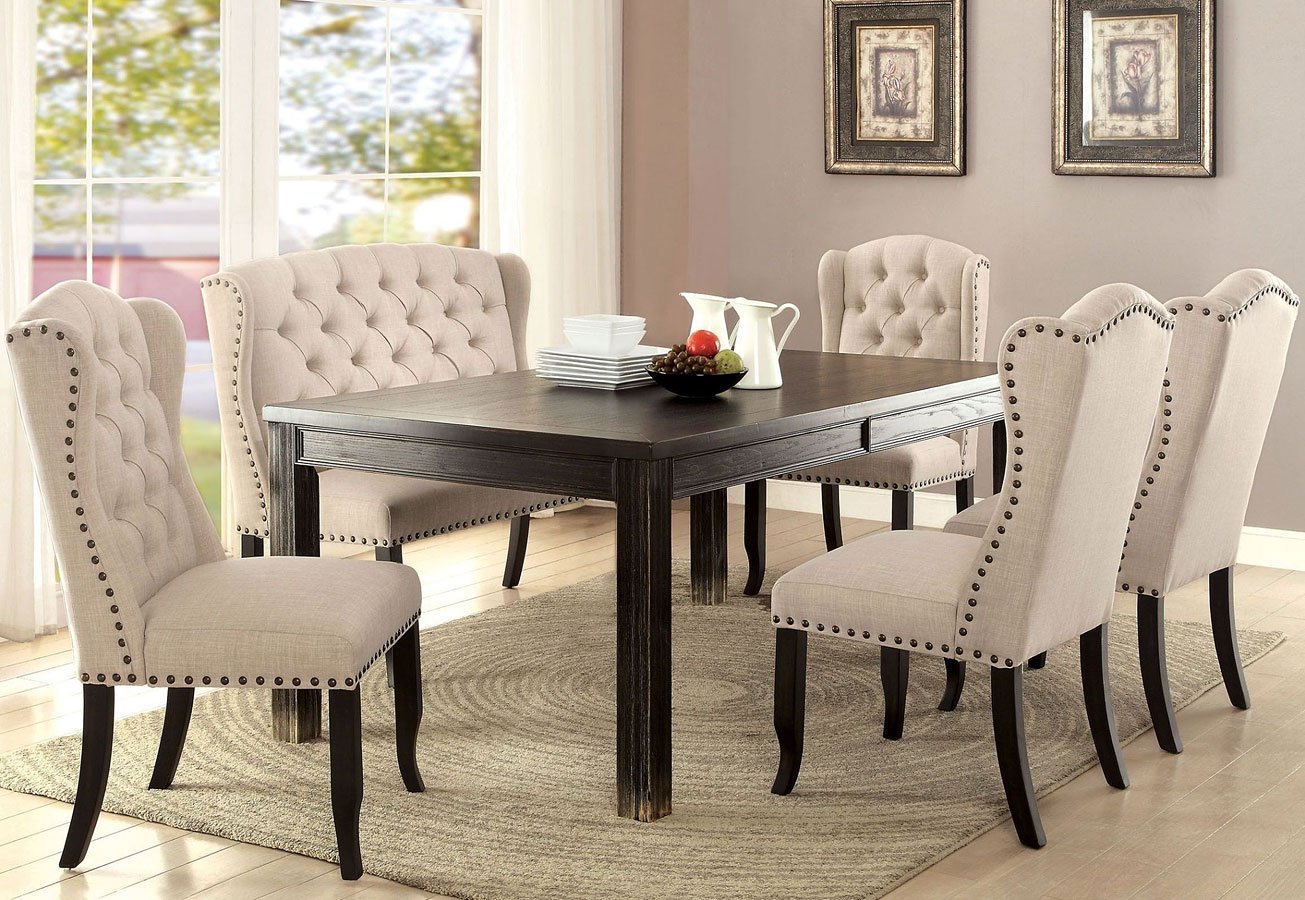

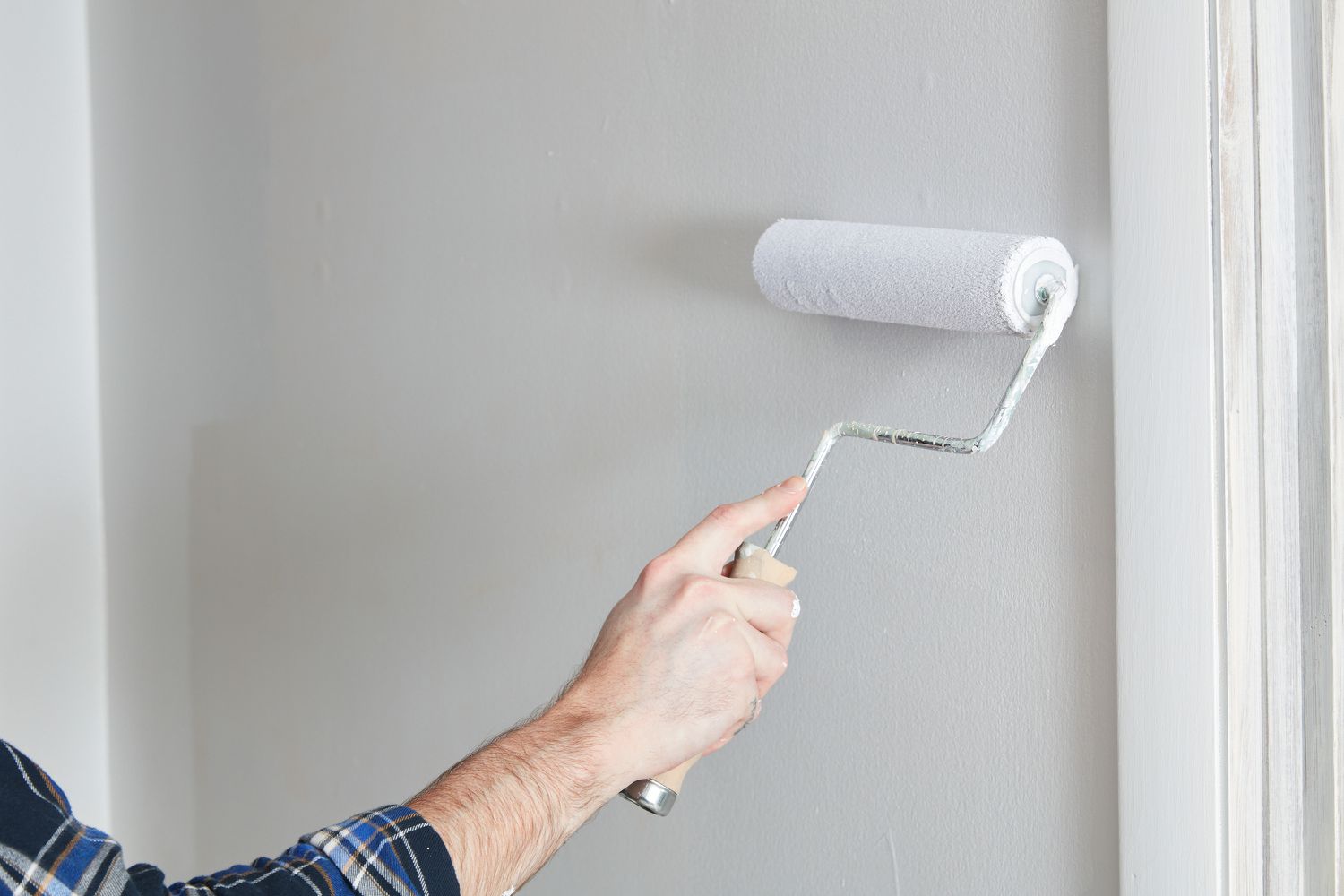
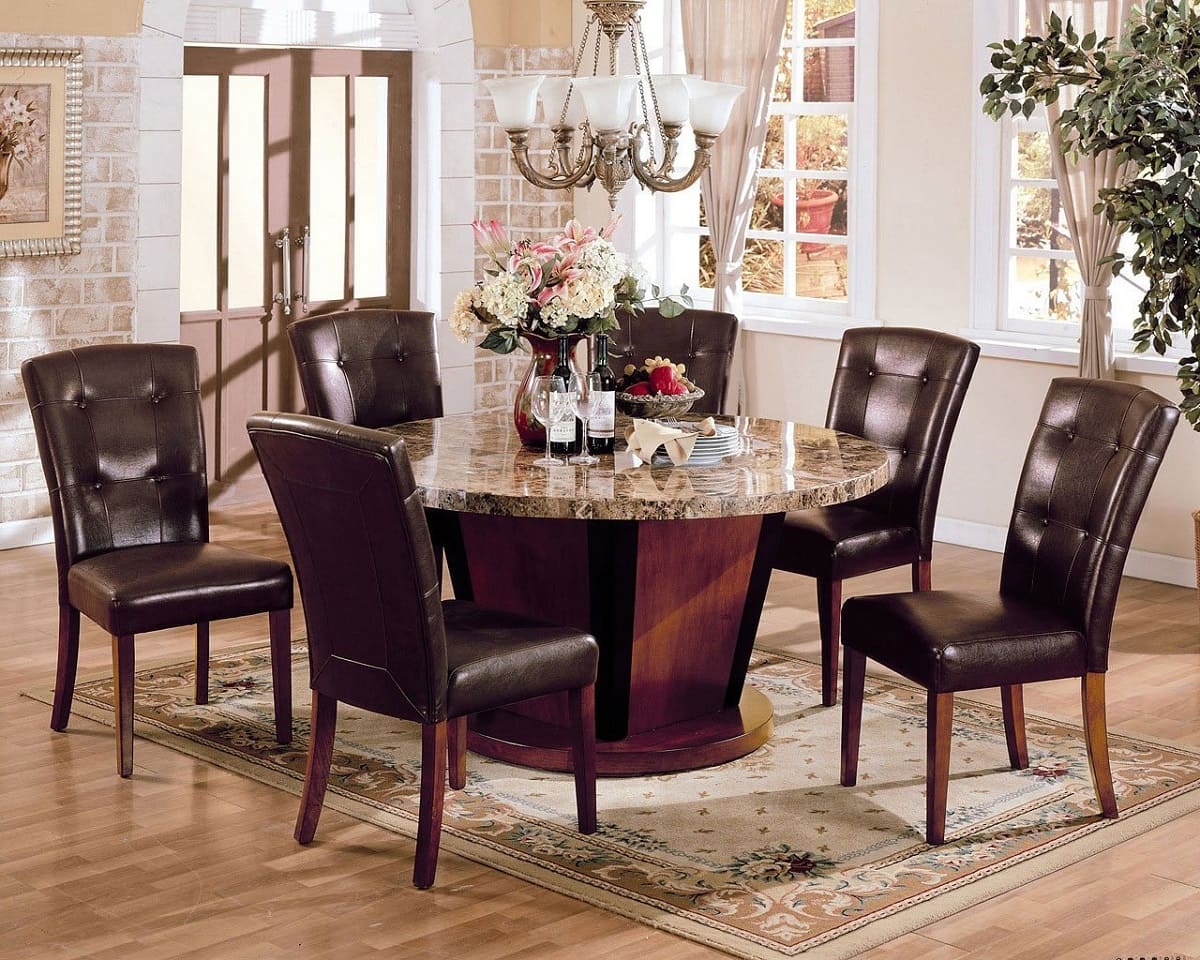
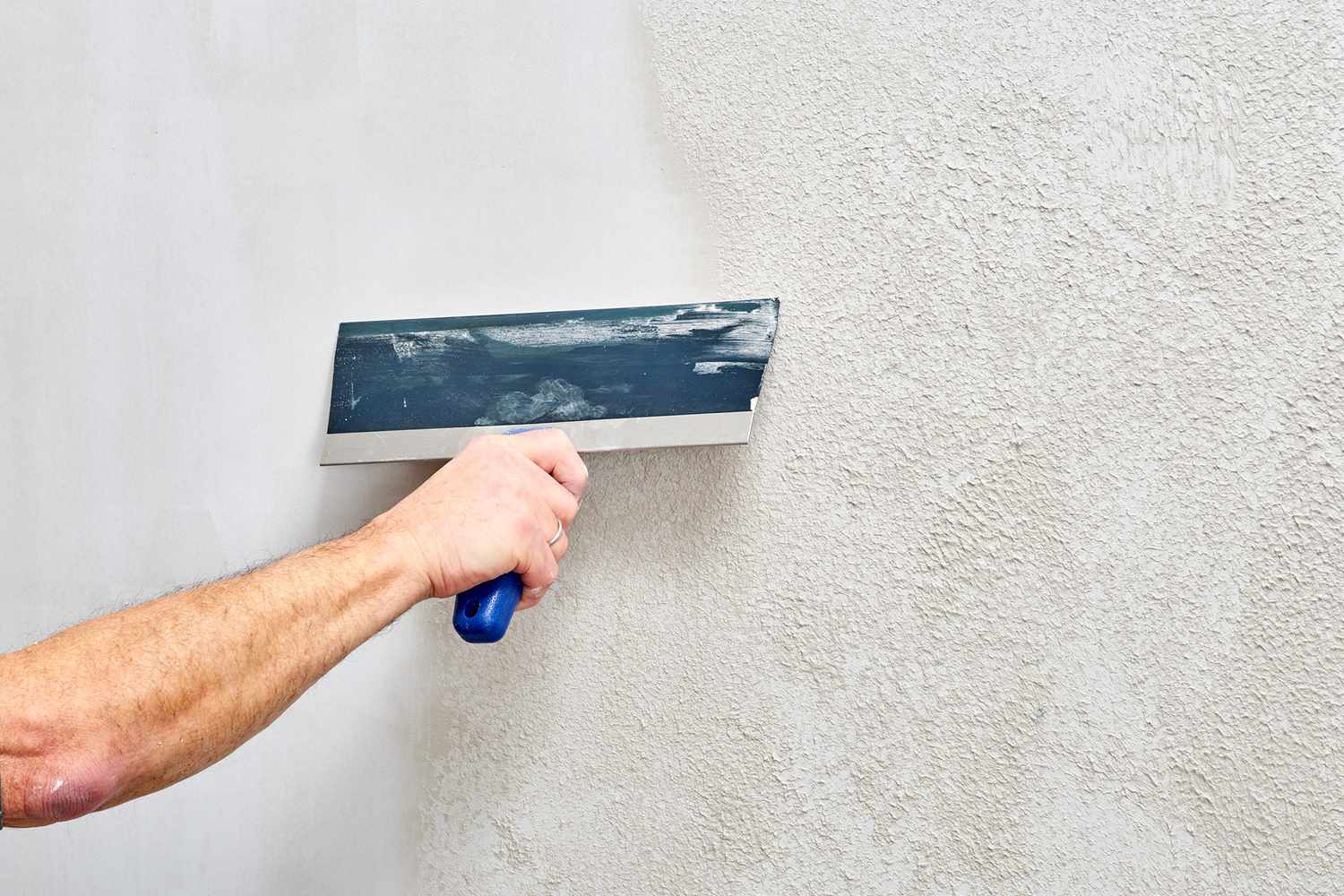
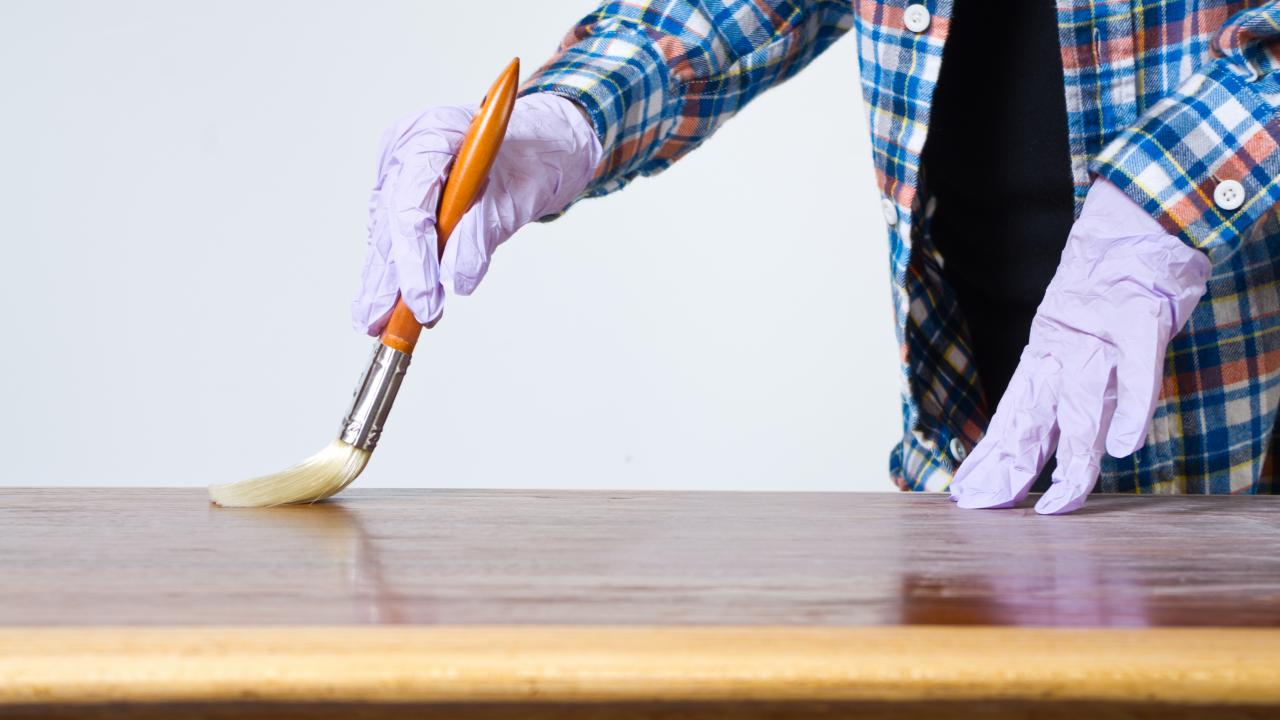
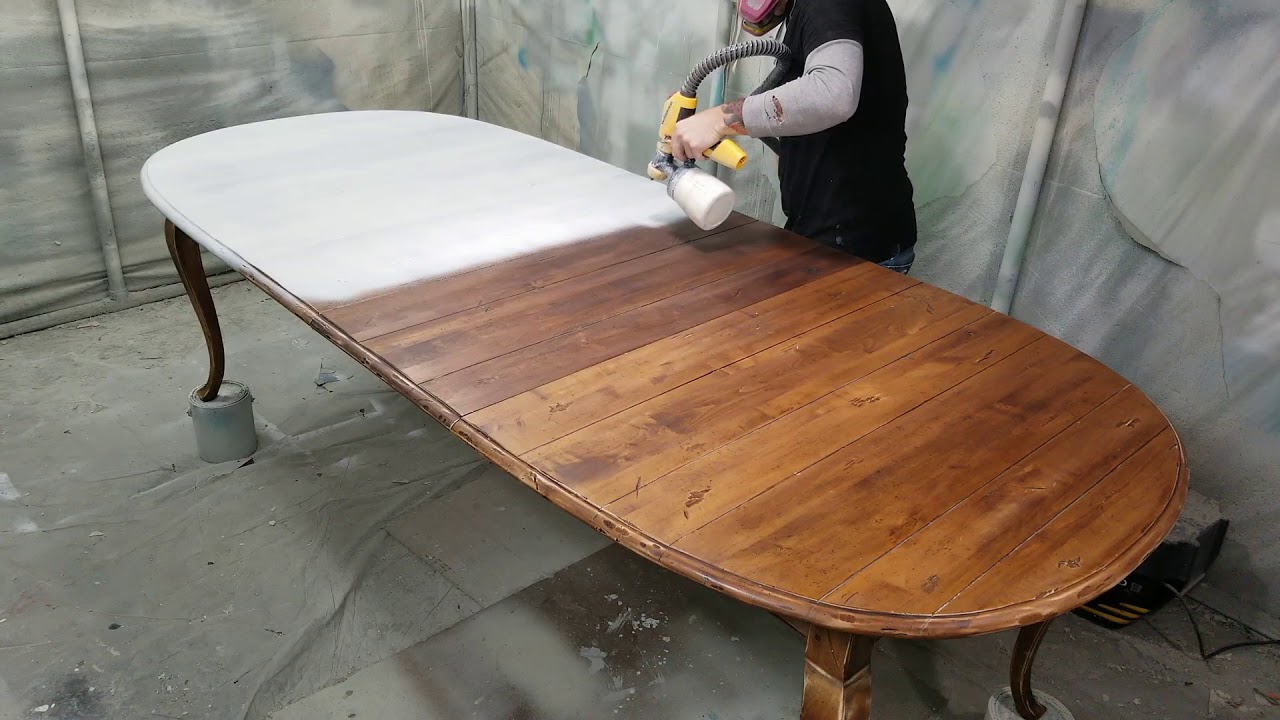
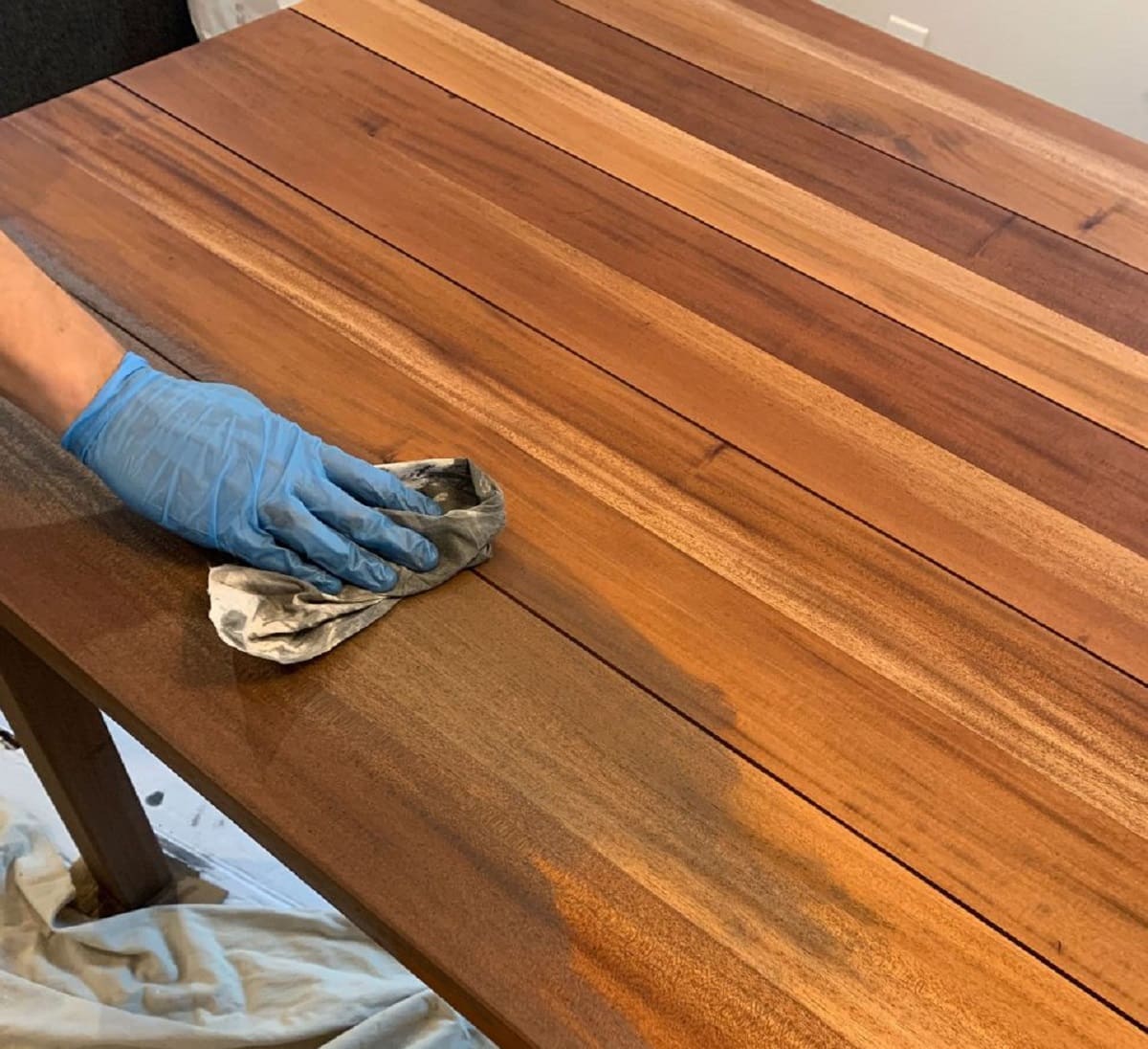

0 thoughts on “How Many Coats Of Polyurethane On A Dining Table”